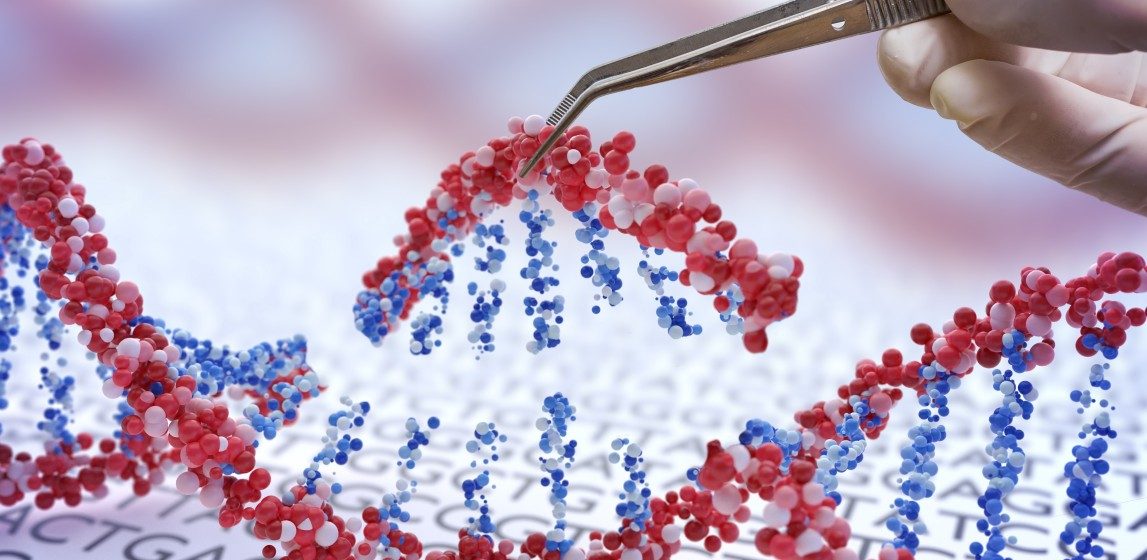Gene therapy is one of the latest approaches to the treatment of diseases. It’s well suited for illnesses that can be pinpointed down to the specific gene sequence causing them.
Suppose you have a gene for reading my articles on LinkedIn. But in your case, the gene is damaged or missing from your DNA. Then you will suffer by being unable to read my articles, no matter how badly you want to read them.
But, if the gene is somehow made available to your cellular system, and you receive a full functioning gene, then you can start reading my articles religiously again. It’s not like I have that many writings here, but this may not be the best example, so let’s try another approach.
Imagine you took your car to the mechanic because of a flat tire. Upon inspection, the mechanic finds a nail, pierced your tire, and causing its current state manifested as a flat tire.
Everything else works fine, but the car cannot move because of the flat tire.
So, the mechanic removes the nail, puts a patch on the tire, fills it with air, and now you can resume your day. Similarly, gene therapy relies on identifying the “nail on your tire,” but instead of a nail, it’s a damaged DNA/gene sequence.
Gene Supply Methods
There are two main methods to supply genes to a patient with an underlying damaged DNA/gene sequence to restore proper body function:
1) Ex-vivo
2) In-vivo
Ex-vivo gene therapy involves removing the patient’s cells from their body, treating them in the laboratory under the highest sterile regulations, and then returning them to the patient’s body.
Examples include some Chimeric Antigen receptor-T cell therapies (CAR-T). When removed from the body, the cells are injected with genetic material that they lacked, and in turn, they now possess a complete DNA/gene sequence that can produce the proteins needed for normal body functioning.
Because cells are so small, scientists rely on vectors (biological syringes) such as viruses to transfer genetic materials to the inside of cells.
I know that with COVID-19, people are scared of viruses, but viruses train their whole lives to infect cells with genetic sequences.
In biotechnology, we leverage these viral vectors to deliver functional versions of DNA/gene sequences to those found damaged in the patient.
Marvelously, once the cells receive the functional DNA sequences, they know what to do with this new genetic information. They read it, translate it, and use it to restore the proper functioning of the body when returned into the patient’s body.
Because cells must be extracted from the patient’s body first, ex vivo gene therapy works best to treat blood disorders. Serum-based cells are more easily removed from the patient and returned to the patient.
In vivo gene therapy is the approach for diseases where using ex vivo methods is not feasible. For this method, a vector carrying the gene of interest is delivered into the patient’s body systemically or locally intravenously (IV) or via injection by a medical professional.
Treatment Delivery
Where and how the viral vector is delivered to the patient depends on the type of disease. For instance, if it’s a spinal cord injury, the vector would be injected into the spinal cord; if it’s an eye injury, the injection would be in the eye. If it’s a muscle-related disease, then an IV would be most appropriate because muscles are everywhere in the body.
To sum it up, the main driver for gene therapy success is the vector.
A vector is any vehicle that can shuttle genetic information to the interior of a cell (aka nucleus). Once inside the nucleus, it releases that information so that a cell’s internal mechanism can interpret it and transcribe it into functional proteins that drive our bodily functions and allow us to have “normal” operation.
One of the most successful vectors for gene therapy has been a small virus called Adeno-Associated Virus (AAV). AAV-based gene therapy approaches have received approvals for sale as medication or cures for deadly diseases, such as Spinal Muscular Atrophy (SMA), a condition that significantly limits patients who are born with gene disorders to live only up to their second birthdays.
Using AAV gene therapy, patients are living beyond their second birthdays, and a limited lifespan is becoming a thing of the past for some families.
Many more AAV-based treatments are being investigated for their potential to cure disease. Still, due to its tiny size of 25nm in diameter, the powerful curative features of AAV gene therapy are unavailable for other genetically based conditions whose DNA sequence is beyond the packaging capacity of AAV vectors.




















LEAVE A COMMENT
You must be logged in to post a comment.